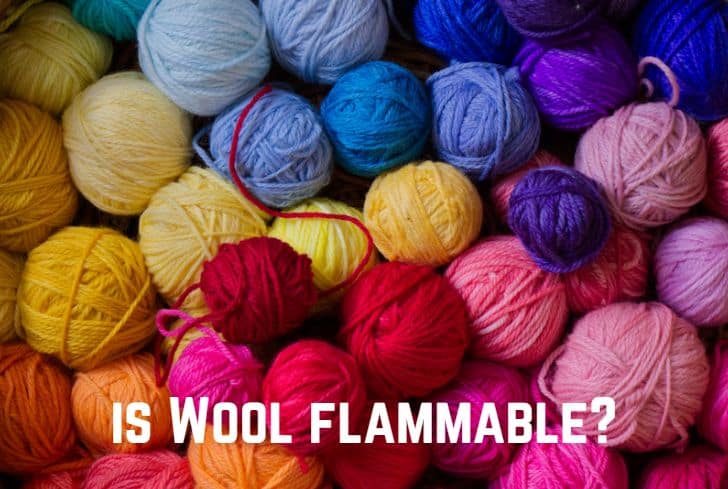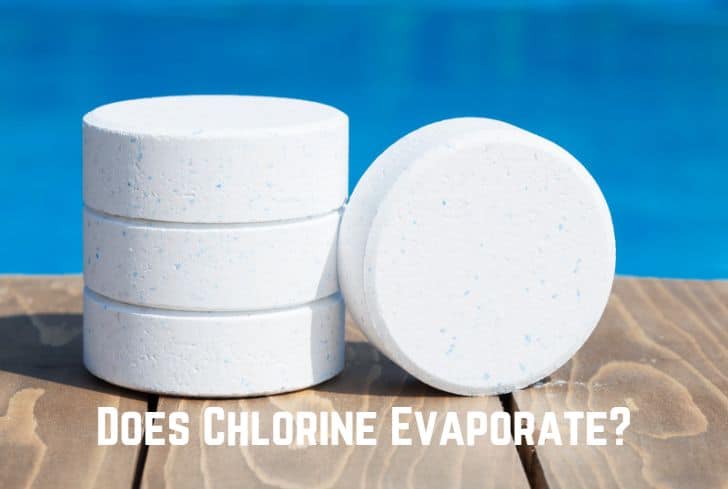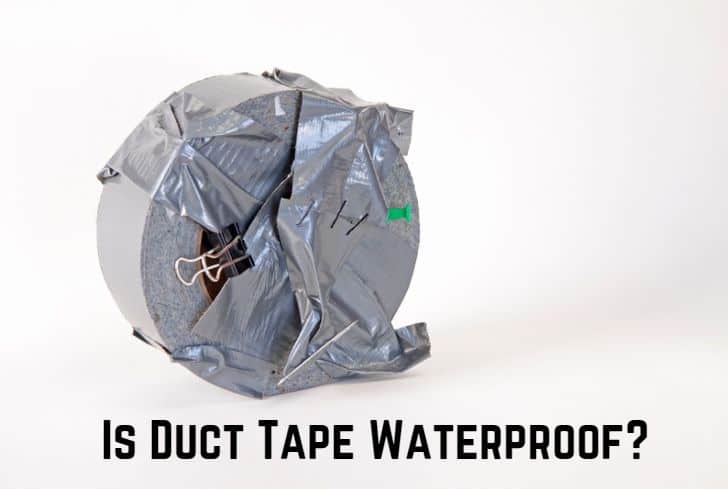Is Aluminium Magnetic? (Answered)

Aluminium is a chemical element with the atomic number 13. It is the most widespread metal on Earth, making up about 8% of the planet’s core mass, and it is also the third most common element after oxygen and silicon. Aluminium is one of the most significant engineering materials in today’s world.
Have you ever wondered if aluminum is magnetic? In this article, we are going to discuss just that. We will begin with the properties and uses of aluminium. Then we will talk about its magnetic properties. Finally, we will discuss its interaction with other materials, including rust.
Read: Is Zinc Magnetic?
Will Aluminium Stick to a Magnet?
No, aluminum is not really magnetic under normal circumstances. It is a paramagnetic material, just like magnesium and lithium, which is weakly attracted to magnets. But being paramagnetic, aluminum does have unpaired electrons and some unaligned dipoles, which causes it to act like a weak magnet.
Let us first try to learn what magnetism is. Magnetism is a force caused by the motion of electric charges. Every substance is made up of atoms. These atoms have electrons (particles that carry an electric charge) that circle the atom’s centre, called the nucleus.
In most substances, equal numbers of electrons spin in opposite directions. This cancels out their magnetism, and they are not attracted to a magnetic field. These include things like paper, cloth, wood, etc. and are called diamagnetic.
However, in some substances like iron, the electrons spin in the same direction. This allows their magnetic fields to combine together and produces a magnetic field extending beyond the atoms. These objects are strongly attracted to magnets and are called ferromagnetic.
Aluminium is a paramagnetic material, which has a composition similar to that of ferromagnetic materials. They have unpaired electrons in their partially filled energy orbitals. They also have some dipoles that are not aligned with the direction of the applied magnetic field.
The unaligned dipoles obstruct the magnetic fields created by the aligned dipoles, and because of this, paramagnetic materials are slightly attracted to external magnetic fields. Therefore, a paramagnetic material like aluminium behaves like a weak magnet.
So, when aluminium is brought near a permanent magnet, it is weakly attracted. However, as soon as the magnetic field is removed, aluminium goes back to diamagnetism.
Properties and Uses of Aluminium
These are the properties of aluminium:
- Lightweight & Durable: Because of its low density, aluminium is one of the lightest metals in the world, which is why it is the preferred choice for making aeroplanes. It is almost three times lighter than iron but that doesn’t mean it’s weak. Besides being lightweight, aluminium is also quite strong, almost as strong as steel.
- Ductile & Malleable: Using pressure, aluminium is easy to process both when it’s hot and when it’s cold. It can be pulled, rolled, and stamped. It is both ductile and malleable; extra thin wires or sheets as thick as 4 microns can be made from it. Extra-thin foil can be made from aluminium, which is three times thinner than human hair.
- Recyclable: Aluminium’s lightweight, durable, and ductile nature makes it a great choice for engineering. But what’s even better is that aluminium can be used over and over again. Both aluminium and its alloys can be melted and reused without any detrimental effect. Scientists estimate that 1 kg of recycled aluminium saves up to 8 kg of bauxite, 4 kg of fluorides, and 15 kWh of electricity.
- Chemical Behaviour: Aluminium is a post-transition metal in the boron group, and, as is common in the group, it forms chemical compounds mostly in the +3 oxidation state. The aluminium cation Al3+ is highly charged, so it is polarizing and forms covalent bonds. Aluminium easily forms compounds with other elements, which is why a huge variety of aluminium alloys have been developed.
- Occurrence & Extraction: Because aluminium combines easily with other elements, it does not occur in its pure state in nature. This is why people discovered aluminium relatively recently, in the 19th century. Aluminium is produced by processing bauxite into alumina or aluminium oxide Al2O3. It is then processed in smelters using electrolytic reduction to acquire aluminium.
Besides everything mentioned above, aluminium is corrosion-resistant, affordable, and a good conductor of electricity. All of these features make aluminium one of the most widely used metals; some of these applications include:
- Transportation: Because of its low density, aluminium is lightweight, so it is perfect for making various means of transportation: automobiles, aircraft, railway cars, etc.
- Electricity-related Uses: Aluminium is used in conductor alloys, motors, capacitors, etc. It is highly conductive, relatively cheap, easy to shape, and corrosion-resistant.
- Household Products: From cooking utensils to furniture, aluminium is used in a wide range of household products. Its shiny appearance and durability are key factors here.
- Packaging: Aluminium is non-toxic, non-adsorptive, and splinter proof. This is why it is used in cans, foil, frames, etc.
- Construction: Aluminium is used when lightness, resistance, or some other engineering features are required. Windows, doors, and siding are some of the commonly built ones.

How to Make Aluminium Magnetic?
Although aluminium is not attracted to metals in normal circumstances, it still exhibits interaction when placed in a magnetic field. To see this in action, we can either bring a moving magnet near aluminium or drop a strong magnet down an aluminium pipe.
Aluminium is not magnetic. But a magnet moving near aluminium will cause an interaction. You can try this out by tying a really strong magnet (like a neodymium rare earth magnet) to a thread and fixing it to a stand. Then bring an aluminium can near this setup and swing the magnet.
Read: Is Gallium Magnetic?
You will see that there is a slight interaction (movement) in the can. This is because a moving magnet causes electric currents to form in the can. Electric current creates a magnetic field. This magnetic field basically turns the can into a weak magnet, which is what interacts with the magnet tied to the string.
Whenever you move a magnet around conducive metals, you generate electricity. Windmills and power stations all use the same phenomenon, although they use copper instead of aluminium.
You can also test this with an aluminium pipe. When you drop a strong magnet down the pipe, you will see that the magnet does not drop immediately; instead, there is a little bit of resistance as it falls down.
This is because as the magnet moves down, it creates small electric currents in the walls of the pipe. These electric currents create a magnetic field, which causes the magnet to be repelled, effectively slowing down its fall.
Does Anything Stick to Aluminium?
Yes, there are different materials that can stick to aluminium. Most aluminium is made into an alloy to enhance its properties, and the type of aluminium will determine the adhesive selection and bond strength.
Anaerobic adhesives are the first category of adhesives, which are suitable for close-fitting concentric parts or threaded components. These require active metal to cure.
You can also use Cyanoacrylate, also known as instant adhesives, super glue, etc. All grades bond with aluminium well.
Does Silicon Stick to Aluminium?
Yes. Sticking a PSA (Pressure Sensitive Adhesive) backed silicon sheet to aluminium will produce a good bond. Sticking silicon to other materials is usually not a problem, although the PSA sometimes causes issues.
Due to the low surface energy of cured silicon, it is necessary to use special glues (along with surface preparation) to stick silicon to another material. Three tested ways of doing this include:
- RTV Glue (Room-Temperature-Vulcanization silicon);
- Heat vulcanized silicon glue
- Special acrylics/PSA (Pressure sensitive adhesives
Check out this video to see how silicon can be bonded to aluminum using RTV silicon rubber glue.
Does Gorilla Glue Stick to Aluminium?
Gorilla glue does stick to metals, depending on their type. It works well on ferrous metals such as steel, but bonding to non-ferrous metals like aluminium is a bit more difficult. In general, it is not recommended to use gorilla glue with aluminium.
Gorilla glue is made up of acrylic polymer and polyurethane resin. It bonds well to most surfaces like metal, glass, wood, etc. It is also non-toxic, so it is safe to use around children.
However, a gorilla glue stick is not recommended for aluminium. When gorilla glue cures, it releases fumes, which can cause aluminium to corrode. Instead, try to use cyanoacrylate and the anaerobic adhesives we discussed above.
Does Aluminium Rust?
No, aluminium does not rust. This is because aluminium’s surface is always covered in an extremely thin but strong layer of oxide film. Aluminium’s resistance to corrosion, combined with its other traits, makes it a widely used engineering material.
In its pure form, aluminium is a highly reactive metal. When exposed to water, air, or soil, aluminium reacts with oxygen to form a thin film of aluminium oxide, which bonds to the surface of the metal.
The aluminium oxide coat has a powdery white or dull grey finish. It hardens on the surface, and unlike rust, it doesn’t flake. This coat of aluminium oxide is what keeps the metal free from corrosion.
Read: Is Pewter Magnetic?
Conclusion
In this article, we have looked at the magnetism of aluminium. We began by looking at the properties and uses of aluminium. Then we discussed why aluminium, being a diamagnetic metal, is not attracted by a magnetic field. Then we talked about its interaction with other materials and finally learnt about its resistance to corrosion.






